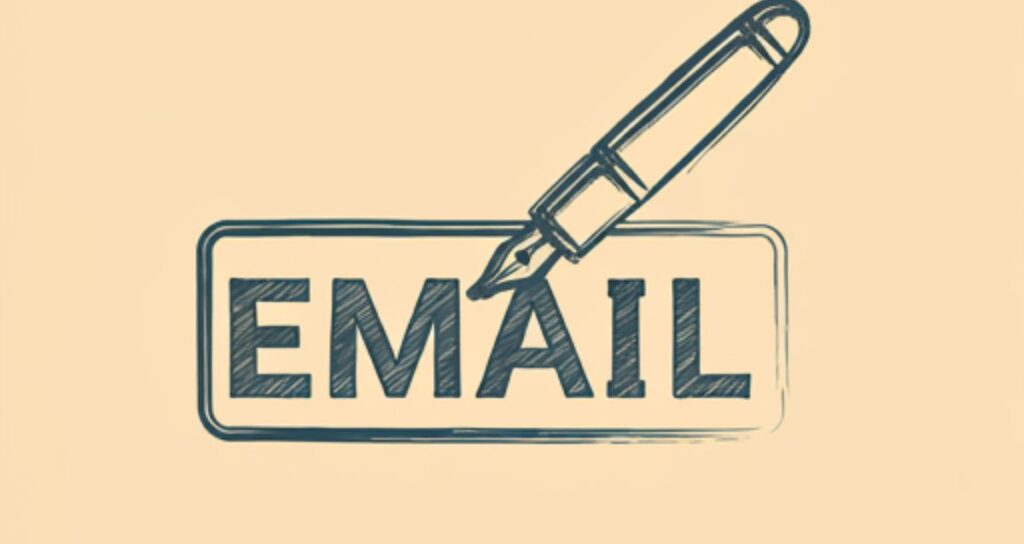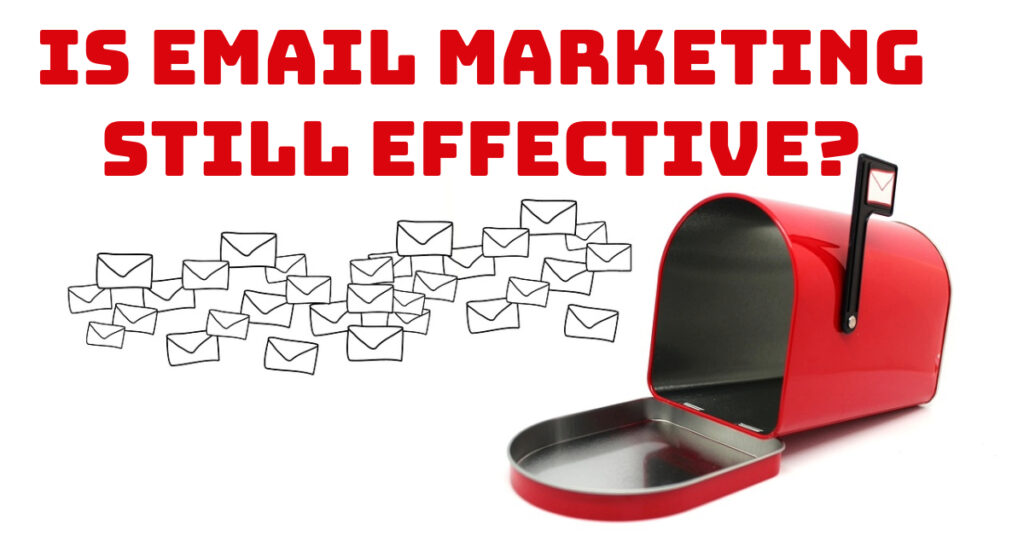When it comes to email, tone is everything. Many people ask how to write an informal email for various reasons. Some want to feel comfortable writing to friends or family without sounding too formal or too corporate. Others, especially in industries where relationships are key, want a friendly informal tone to build rapport. For those navigating language or cultural differences, mastering an informal tone can be tricky but necessary for smooth communication. An informal email can also help avoid miscommunication by creating a warm fuzzy feeling which is especially important when discussing sensitive topics. In this guide we’ll show you how to write an informal email that feels real, clear and perfect for any casual situation.
Why Write an Informal or Casual Email?
In the business world, informal or casual emails help you connect in a friendly and approachable way. This style makes your message feel authentic, relatable, and inviting—qualities that can strengthen relationships. Here’s why an informal email can be powerful:
- Builds Rapport: A conversational tone helps the recipient feel like they’re connecting with a person, not a faceless company.
- Creates Approachability: Writing informally opens the door for easy, open communication.
- Aligns with Modern Communication: Many people now prefer a relaxed style, especially in customer service, sales, or client follow-ups.
How to Write an Informal Email?

Here are 8 step easy guide on “How to Write an Informal Email” or “how to write a casual email”.
1. Set a Friendly Tone Right from the Greeting
Start with a greeting that feels natural. Instead of “Dear [Name],” go for a more relaxed approach.
- Use First Names: Using “Hi [Name]” or “Hey [Name]” adds warmth and a personal touch.
- Keep it Light: You might say something like “Hi [Name], hope you’re doing well!” or even “Hey [Name], I thought I’d drop you a quick note!”
Examples of Friendly Greetings:
- Hi [Name]!
- Hey there, [Name]!
- Hope your week’s going well, [Name]!
2. Begin with a Personal Connection
An informal email often starts with a friendly acknowledgment or a shared experience. This builds rapport right away:
- Mention Recent Interactions: “It was great seeing you at the conference last week!”
- Acknowledge Something Personal: “I heard your team just launched a new feature—congrats on the success!”
Adding a personal touch makes the reader feel seen and valued, which is a great foundation for any email.
3. Use Conversational Language
Make the email sound like you’re chatting with a friend. To keep your tone conversational:
- Use Contractions: “You’re” instead of “You are,” or “I’ll” instead of “I will,” for a more relaxed feel.
- Avoid Jargon: Replace business terms with straightforward language. For instance, say “use” instead of “utilize,” and “talk about” instead of “discuss.”
- Be Direct but Friendly: Instead of “I am contacting you regarding…,” say “I just wanted to check in about…”
Example:
- Formal: “I am reaching out to inform you about our upcoming meeting.”
- Informal: “Just wanted to let you know about our upcoming meeting!”
4. Structure the Email for Easy Reading
Informal doesn’t mean disorganized. Structure the email so it’s easy to read:
- Short Paragraphs: Stick to one or two sentences per paragraph to keep your message digestible.
- Bullet Points: When listing items or points, use bullet points to break up the text.
This approach keeps your email looking neat and helps the recipient read it quickly.
5. Be Brief and Get to the Point
In informal emails, shorter is usually better. Aim to be clear and concise:
- State the Purpose Early: Instead of a long-winded introduction, get to the point within the first few lines.
- Avoid Complex Phrases: Use simple, direct language to keep your message clear.
6. Close with a Casual, Friendly Sign-Off
End your email with a friendly closing that matches the conversational tone. Common options include:
- Best,
- Cheers,
- Take care,
- Looking forward to hearing from you!
Example of a Casual Sign-Off:
“Looking forward to your thoughts on this! Thanks so much!”
7. Proofread for a Conversational Flow
Even informal emails benefit from a quick proofread. Read the email out loud to ensure it sounds natural, friendly, and approachable. Watch for any shifts toward formality that might feel out of place.
8. Avoid Attachments if Possible
Adding attachments can make an email feel more formal. If possible, include links or embed images directly in the email.
What to Avoid in Informal Email Writing

While a conversational tone is ideal, certain things can detract from the friendly approach. Here’s what to avoid:
- Overly Casual Language: Stay away from slang or texting abbreviations like “LOL,” “BTW,” or “IDK.”
- Excessive Punctuation or Emojis: A few exclamation points or an emoji or two are fine but avoid overuse to keep it professional.
- Negative or Unfiltered Language: Stay positive, even if the topic is sensitive.
- Spelling and Grammar Errors: A casual email should still be polished. Errors can make you seem unprofessional.
- Sensitive Information: Avoid sharing any sensitive or confidential information. Keep it light and friendly.
Examples: Formal vs. Informal Emails
Let’s look at an example to see how the same message can be adjusted from formal to informal:
- Formal: “Dear [Name], I hope this message finds you well. I am writing to inform you about our latest project developments and would like to schedule a follow-up discussion.”
- Informal: “Hey [Name]! Hope all’s well. Just wanted to touch base on our latest project and see if you’d be up for a quick chat to go over things.”
Final Thoughts
Writing an informal email means embracing a conversational approach. By focusing on a warm greeting, personal touches, and a conversational tone, you’ll engage readers and encourage open communication. Here at AnalyticCopyPro, we believe in the power of authentic, relatable messaging. If you need help crafting emails that connect and convert, explore our services here.



